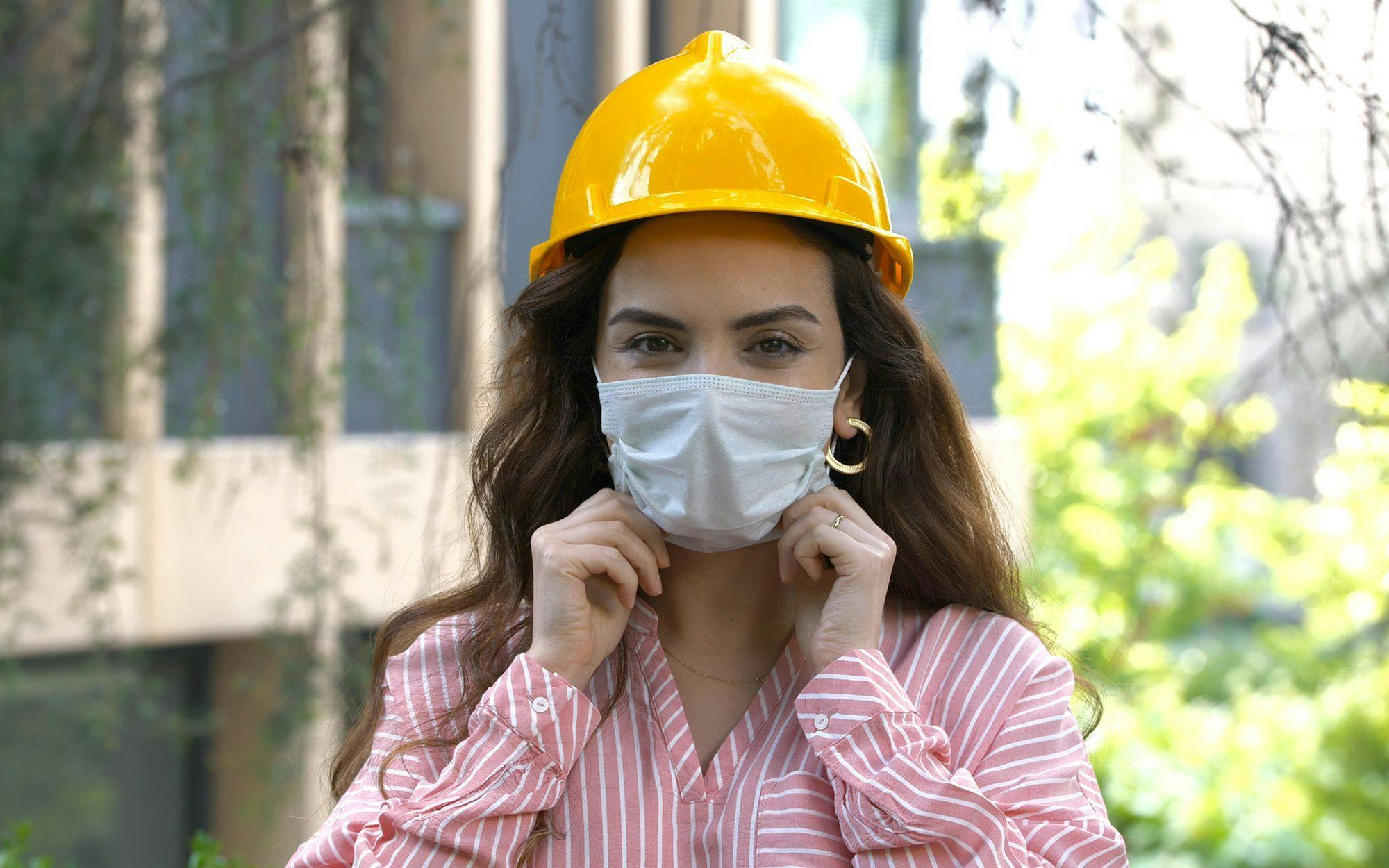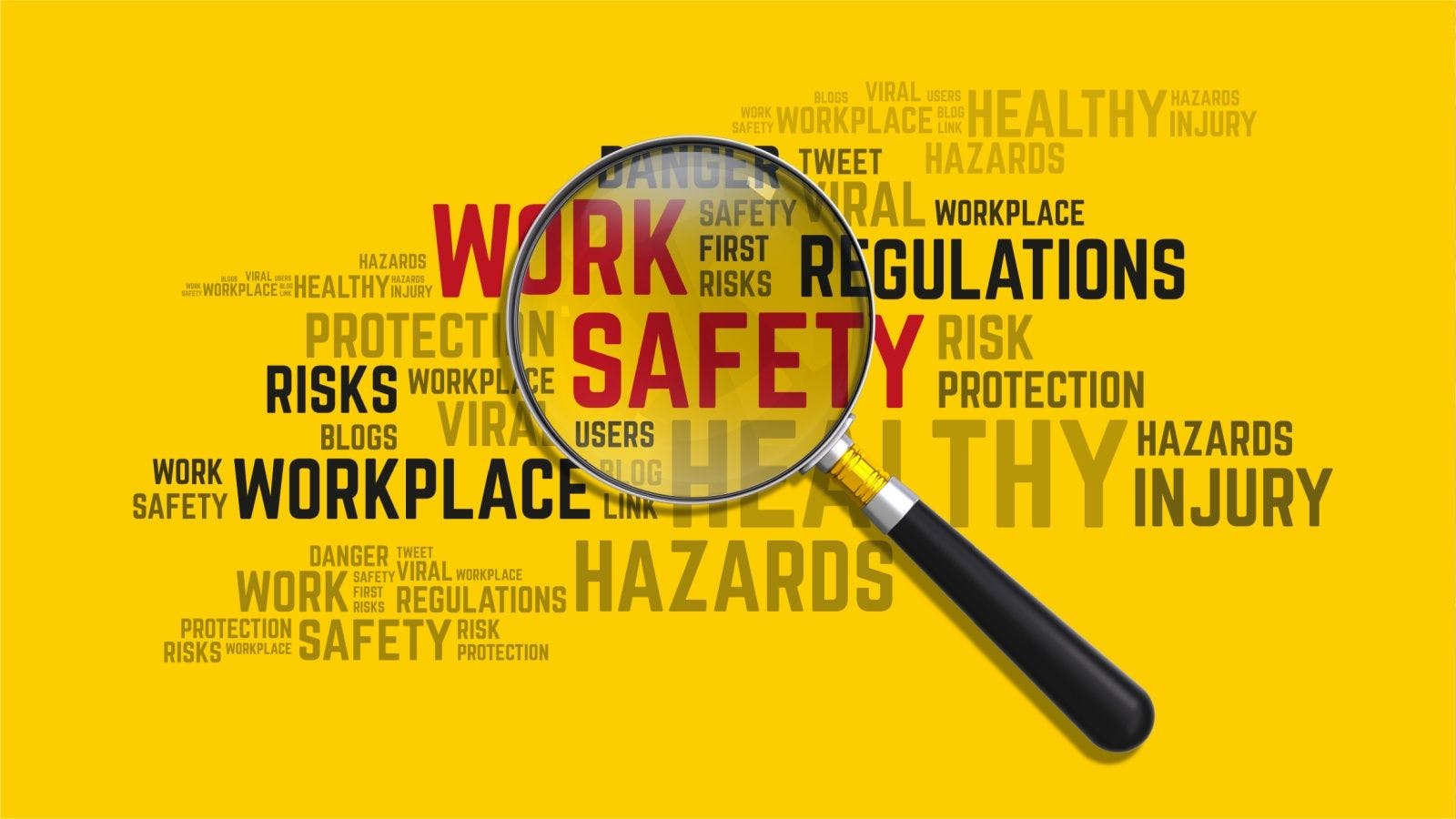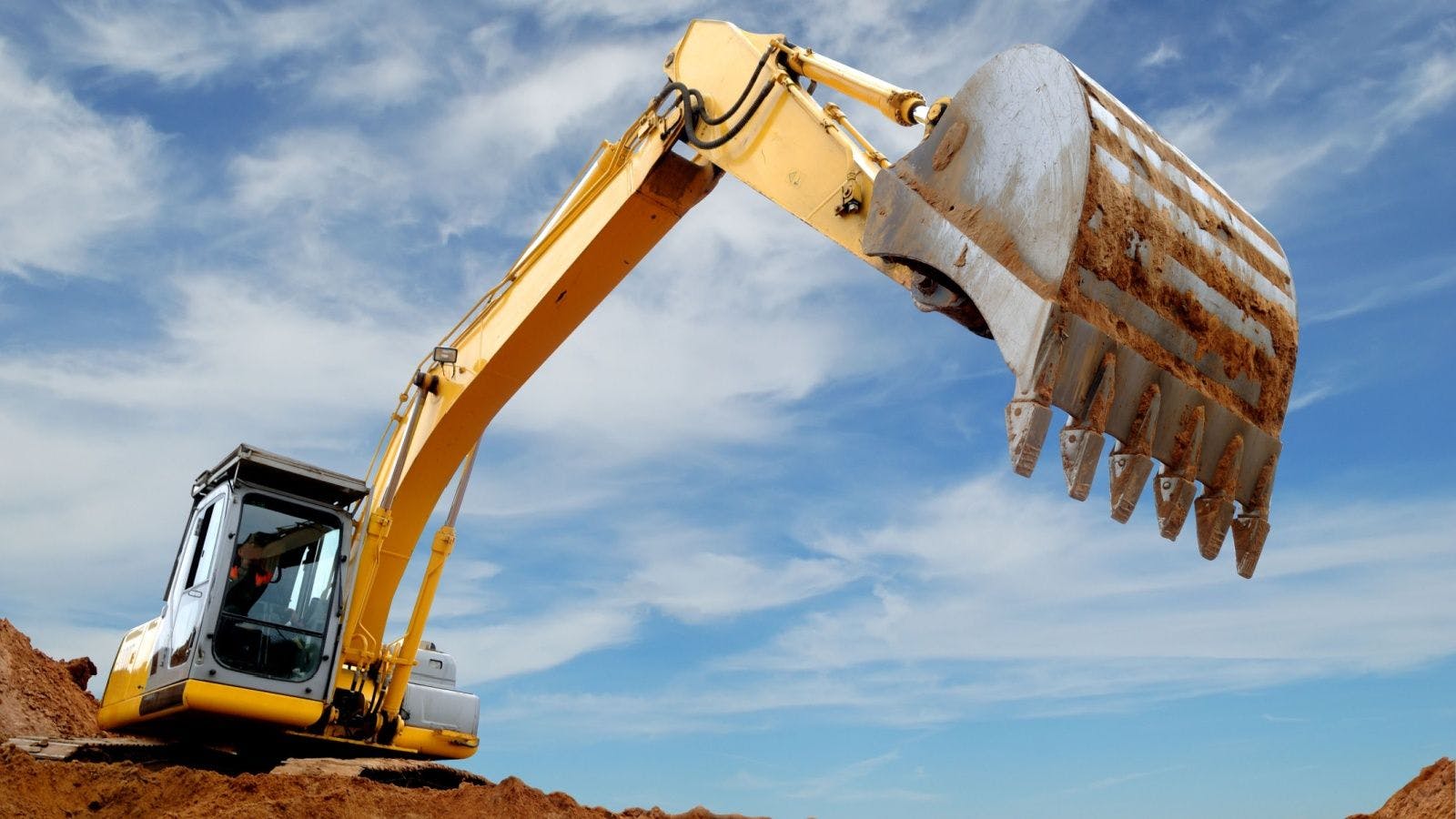
Safely Getting Back on the Jobsite
With COVID–19, the words safety on the jobsite has a whole new meaning. It now includes such things as wearing personal protective equipment and establishing safety protocols. Employees, contractors, customers and anyone who comes onto the jobsite are now required to wear masks and other protective gear. Hand sanitation centers, procedures for disinfecting workspaces, and social distancing rules must be in place for every project. Safety and inspection officers are on the job to help reduce risks.
Although guidelines from the Centers for Disease Control state governments and other agencies are simply recommendations, construction companies could be held liable if people contract COVID-19 on the jobsite.
EEOC and ADA Guidance
The Equal Employment Opportunity Commission issued guidance on COVID-19 testing. Employers can administer a COVID-19 test before allowing employees to enter the workplace. EEOC recommends that employers follow CDC and Federal Drug Administration guidance when deciding if a test is “accurate and reliable.” Employers must ensure that appropriate infection controls are in place to deal with the test results.
According to EEOC guidance an employer can exclude someone from the workplace due to COVID-19 or other CDC-identified underlying medical condition if it can demonstrate “a direct threat to self” that cannot be eliminated or reduced by reasonable accommodation. This standard may leave contractors vulnerable to COVID-19-related liability claims. EEOC guidelines also state that employers can take employee temperatures.
The ADA does allow employers to ask about coronavirus symptoms as long as everyone on the jobsite is asked. Contractors may also ask all workers who call in sick if they are experiencing COVID-19 symptoms.
OSHA Construction Guidance
The Occupational Safety and Health Administration developed guidance specifically for contractors to keep jobsites safe. It is broken down into four areas:
- Engineering Controls. In an indoor construction environment, if someone is suspected of having or known to have COVID-19 and is at the worksite in close proximity to other workers:
- use closed doors and walls to separate workers;
- consider erecting plastic barriers when workers need to occupy specific areas of an indoor worksite where they are in close contact (less than 6-feet); and
- identify changes that can be made to decrease the need for N95 respirators (or other respirators) and PPE used for work activities that involve exposure to hazardous substances. This can help conserve PPE.
2.Administrative Control. Implement and update policies to reduce or eliminate the risk of exposure:
- standard operating procedures that follow CDC, OSHA, state/territorial and local guidelines for preventing the spread of COVID-19;
- training for employees on safety protocols; and
- screening calls before worker entry on a jobsite, especially for indoor projects.
3. Safe Work Practices. Screen all visitors to jobsites for COVID-19 in advance of their arrival:
- adopt staggered work schedules, e.g., provide alternating workdays or extra shifts, to reduce the total number of employees on a jobsite to ensure physical distancing;
- identify where workers are forced to stand together such as hallways, hoists, elevators, or break areas and implement policies to maintain social distancing;
- ensure a 6-feet distance and equip operators with PPE for use in elevators and personnel hoists;
- coordinate site deliveries to minimize contact and cleaning protocols. Delivery personnel should remain in their vehicles, if possible;
- institute a rigorous housekeeping program to reduce dust levels;
- keep in-person meetings (including toolbox talks and safety meetings) as short as possible. Limit the number of workers in attendance and use social distancing practices; and
- ensure clean toilet and handwashing facilities. Clean and disinfect portable jobsite toilets. Fill hand sanitizer dispensers regularly. Disinfect frequently touched items (i.e., door pulls and toilet seats) regularly.
4. Personal Protective Equipment. PPE on a jobsite typically includes a hard hat, gloves, safety glasses, and a face mask. Contactors should:
- make every effort to protect workers through measures other than PPE (when workers need PPE, employers must comply with OSHA's standards for PPE in construction);
- equip those who must enter potentially hazardous homes or occupied jobsites with adequate PPE; and
- if respiratory protection is needed it must be provided by the employer.
Staying current with OSHA and CDC guidelines is key to staying safe on the jobsite. Although complying with these guidelines will cost money and may reduce job profitability, they are essential to everyone’s health and well-being. Keeping people safe should be the highest priority.
Related stories








